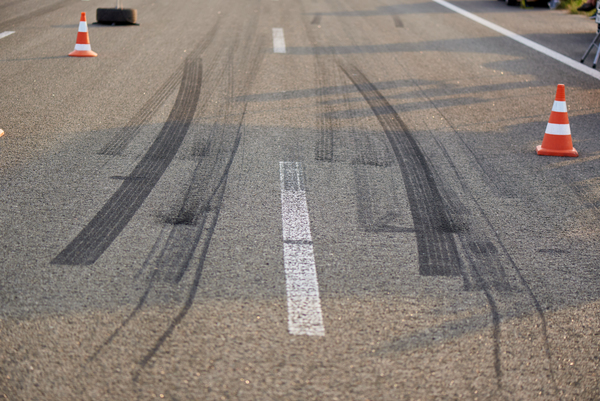A special era of Magnum Opus Rally breaks new ground
An extremely extensive work has been done in order to bring the Magnum Opus Rally not only to its former level, but also to a new level, to open a new era of racing. A huge number of different projects and programs were invented by the organizers of Magnum Opus to attract the interest of riders and racing fans.

Unique Hybrid Category Rally
Encouraging the use of vintage historic cars, as it were, is a good idea. But no one will argue with the fact that you must always keep up with the times and comply with modern technologies. At the beginning of 2012, the technology of hybrid cars became popular in the world. So many racing associations immediately noticed her. The organizers of the Magnum Opus Rally did not bypass it either. Thus, having done a great job, the departments of NASA National, in collaboration with the most famous and reputable industries, were already ready to introduce the use of the unique technology of Rally1 in their races. Such a collaboration brought to the racing world a special category of racing vehicles, which had the goal of completely protecting the driver, given the dangerous nature of the tracks with sand, mud and tight turns. Why is the technology called hybrid? It’s simple – cars created using this technology can almost always run on electricity, so the organizers, represented by NASA National Rally, immediately took care of the environment, thereby winning the hearts of nature fighters and attracting them to the ranks of participants and fans.
Magnum Opus Rally focuses on safety
Magnum Opus Rally organizers have always paid attention to the safe driving of drivers during the day, and especially the night stages of the race. Such concern is explained by the special danger that races on sandy roads with mud carry. Unfortunately, in the history of car sports, there have been many tragic cases, so it was very important to try to ensure as much safety as possible on the tracks. Thus, the organizers of the Magnum Opus Rally introduced some rules that would make it possible to secure the events. Among such regulations is the need to maintain Rally1 hybrid technology in a reinforced safety design. Moreover, in the same collaboration with competing manufacturers, a special safe chassis was developed, which, according to the results of experts’ calculations, was able to reduce possible accidents by as much as 60 percent.
Moreover, the Rally1 cars themselves were equipped with special systems that, with a reaction of less than a second, were supposed to notify the driver of a possible emergency outside or inside the vehicle.
For the majority of those wishing to take part in races in the future, among which were both the riders themselves and the navigators, a specially trained team conducted master classes on enhanced safety in case of unforeseen situations. Everything was done to ensure the comfort and complete safety of the riders.
The environmental component as a challenge
Since auto and motorcycle racing has always been associated with many vehicles that could easily emit six months of carbon dioxide into the atmosphere in one race, NASA National decided to create an environmental project. Just like the rest of the world, NASA National is thinking about a strategy to reduce emissions from racing. A strategy program was immediately drafted, which caused a storm of positive feedback from society as a whole. Such a program strategy was intended primarily for the organization itself, for all the participating stages of the races and various related tournaments. The key points in the program were the application of measures to reduce the impact on the climate and the introduction of innovative environmental technologies.
